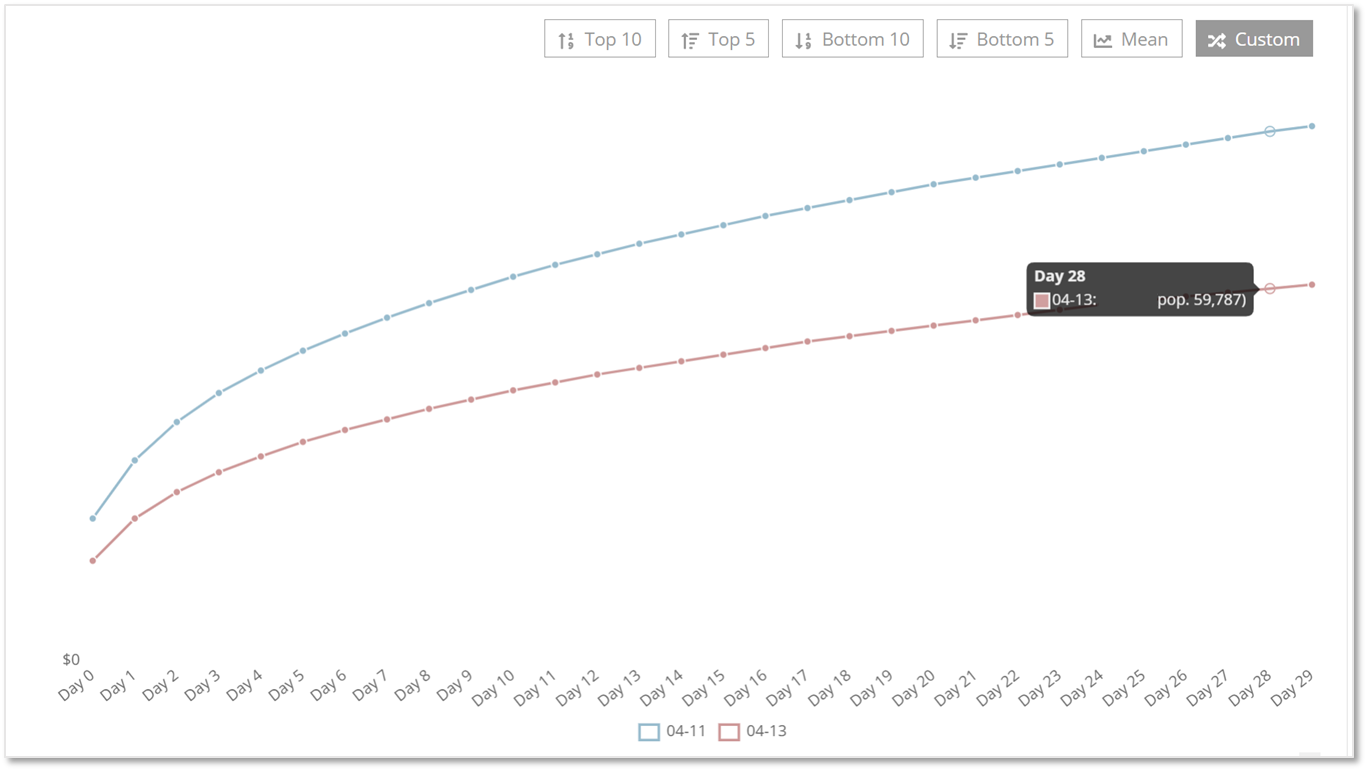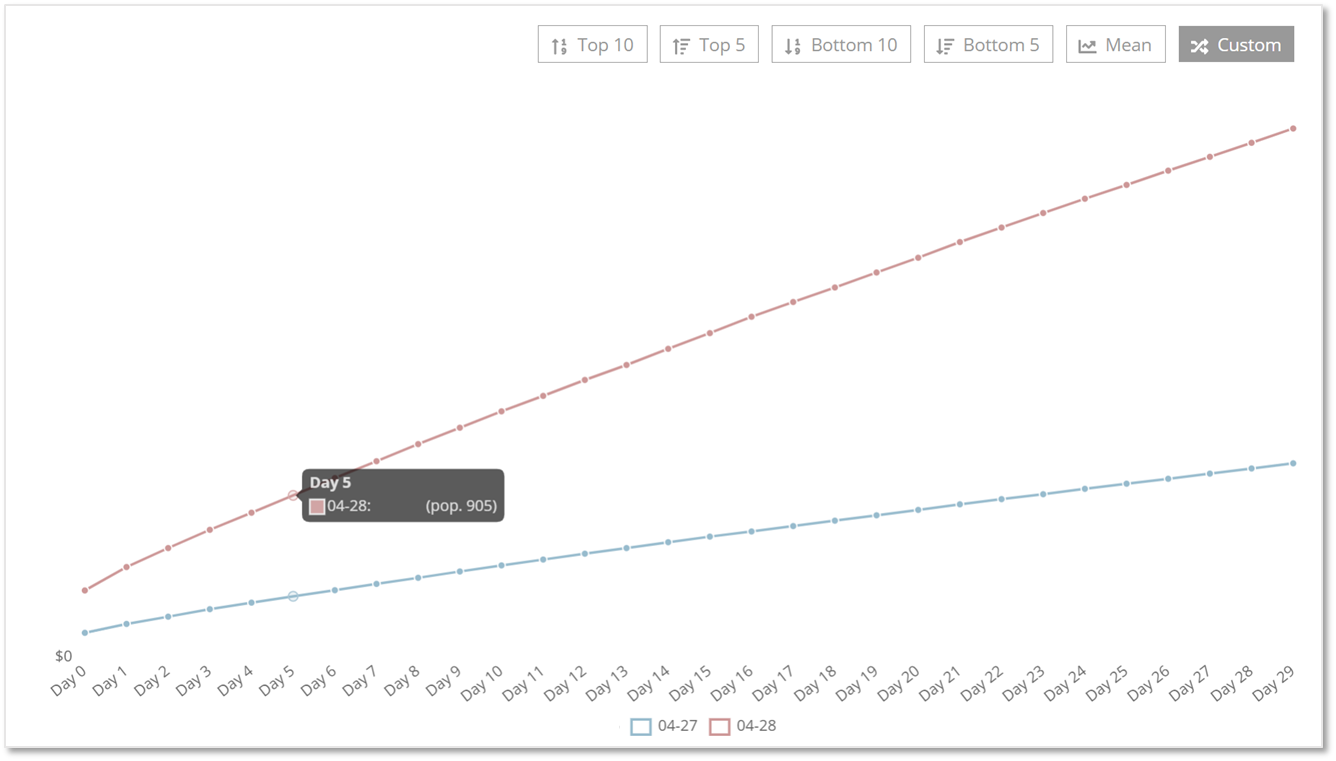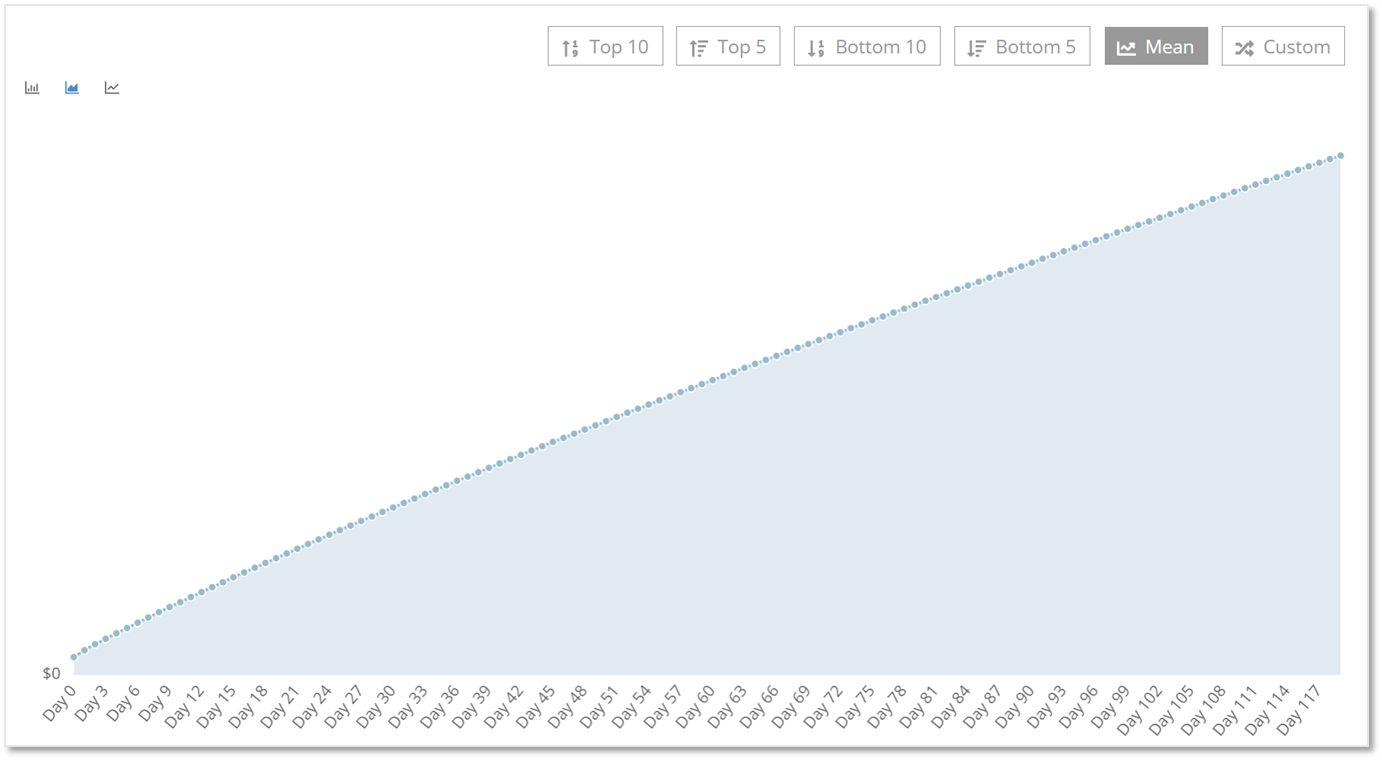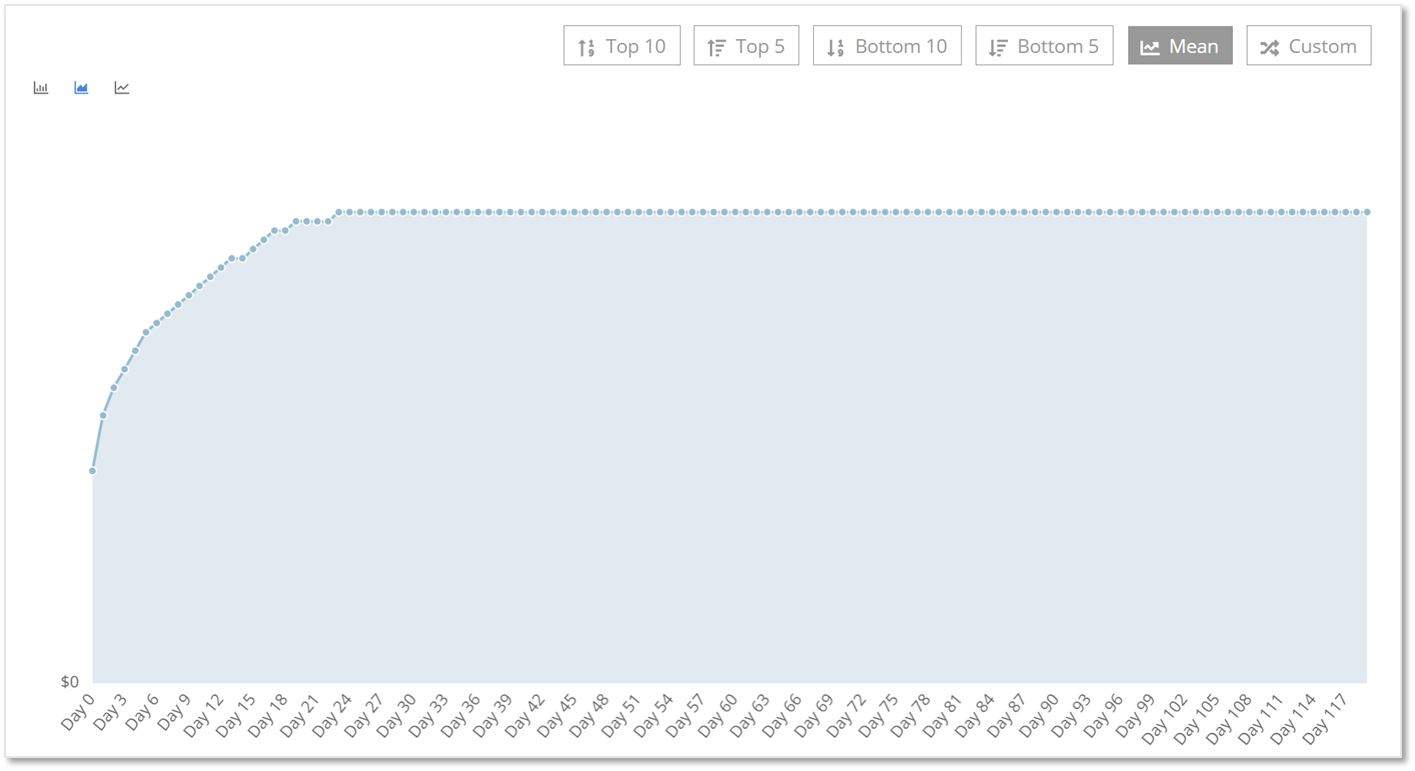Making Better Apps – LTV: it’s not just for campaign optimization.
“Increasing the size of that button doubled my subscriptions.”
As an app developer boasting thousands or millions of users your time is always in high demand: should you be tweaking campaign metrics, QA the next version of the app, or spend time digging through support tickets to track down that annoying bug? There’s a never-ending stream of tasks and it’s not always easy to determine the best use of your time.
Because there’s always something to do, often we’ve found developers end up guessing when making app improvements. Will you excite users to come back to the app by sending them push notifications? Or annoy them? Will that reward video increase app engagement? Or will it make folks unlikely to pay for subscriptions?
There are uncountable downstream ripple effects to all change you make to an app and true-impact of a simple decision can be very difficult to measure. However, in the years of working with customers we’ve found utilizing user-retention and LTV reporting can help you determine the value your changes and lead you to make the right decisions on where to spend your time in making your app better, not just more profitable.
1. Find New Problems Earlier
“Why are my fill rates falling?” asked a client. Skipping the very tedious troubleshooting process it turns out in a recent app release a newly added ad network SDK was slow-loading, delaying the initial ad call. This slow ad call was delaying the initial impression– the most valuable impression—from displaying and the users weren’t seeing the impression in-time to be counted by the network. This was hurting revenue.
Above we see a drop in user value two short days after an app update. This update caused users to leave the app earlier, or miss interaction with monetization features.
Today’s technology stack that’s needed to support app management can easily include over 10 third party software libraries (SDKs). As these third-party vendors are constantly adhering to new technologies or updating their own technologies there is a substantial risk for one to have a problem during an update.
Watching LTV and retention can be very helpful in quickly determining issues that are impacting user experience or profitability. In the example below, the profitability shows a very different trend – one that could seriously hurt long-term revenue if not addressed.
Luckily in the case of our customer by watching LTV, a fix was quickly issued.
2. Determine changes that drive proper behavior
We have a customer that increased the size of his welcome prompt — one that provided an initial user-subscription offering. This simple fix caused an increase of 50% in user subscriptions.
In this example the app developer had to:
(1) Make a hypothesis on how to influence user-behavior.
(2) Make the change.
(3) Measure impact.
Each small change can have a huge impact on your users – both positive and negative. Executing each of the steps steps is not easy. But measuring the impact is undoubtedly the most difficult. The LTV and user-retention before and after alterations can help you determine if you’re making the right changes for your app.
3. Determine the best place for your focus
We have two very different customers – their marque apps couldn’t be more different: one has some of the most loyal users we’ve ever seen, they trickle in organically and they stick around for years — we call these “sticky apps.” Another is the polar opposite, they have incredibly high organic traffic, but a large margin of users leave after just 1 day on the app — we call these “fad apps.”
Why do we compare these two very different app examples? Simple: looking at your LTV can help you determine your highest-impact place to focus by outlining your app’s strength and weakness.
Sticky apps: What to learn
These apps have loyal users with a very long retention curve: measuring in years, not days. Users are much more likely to stick around for longer, especially after they engage past the 7th day. This indicates the app provides ongoing value, therefore your time should be spent on converting more initial users to become familiar with the app — and realize the value. Setting up onboarding workflows, how-to get started, and product walk-throughs, are all methods we’ve seen to get more users through the second day of usage. Help more users discover what keeps loyal users around for years.
Picking a focus with Fad Apps:
On the other-hand, these apps have huge inbound traffic but a very steep retention curve, quickly capping out the LTV curve. This means while users come in quickly — they leave just as quickly and don’t come back in the long-term. In this case, your focus should also be keeping users around longer, but your focus shouldn’t be long term (right away). With a retention curve that falls so fast, you should be focused on short-term gains: how can you keep users around for one extra day? That simple extra day of usage could easily double your revenue. While we’ve seen loyalty programs and push-messaging can bring users back, it might be valuable to analyze your app’s usage. Is there something that’s drawing them into the app that might not be realized or obvious once they get started? Or is the app’s usage too hard to understand so users give up? Understanding these choke points can be very helpful in giving the users what they’re looking for when the downloaded your app.
While user acquisition is the most obvious use for LTV, we’ve found this powerful metric can be used in many vaulable ways to help you make better apps.
Find this article helpful? Read our last installment outlining the good and the bad of relying on LTV reporting.



